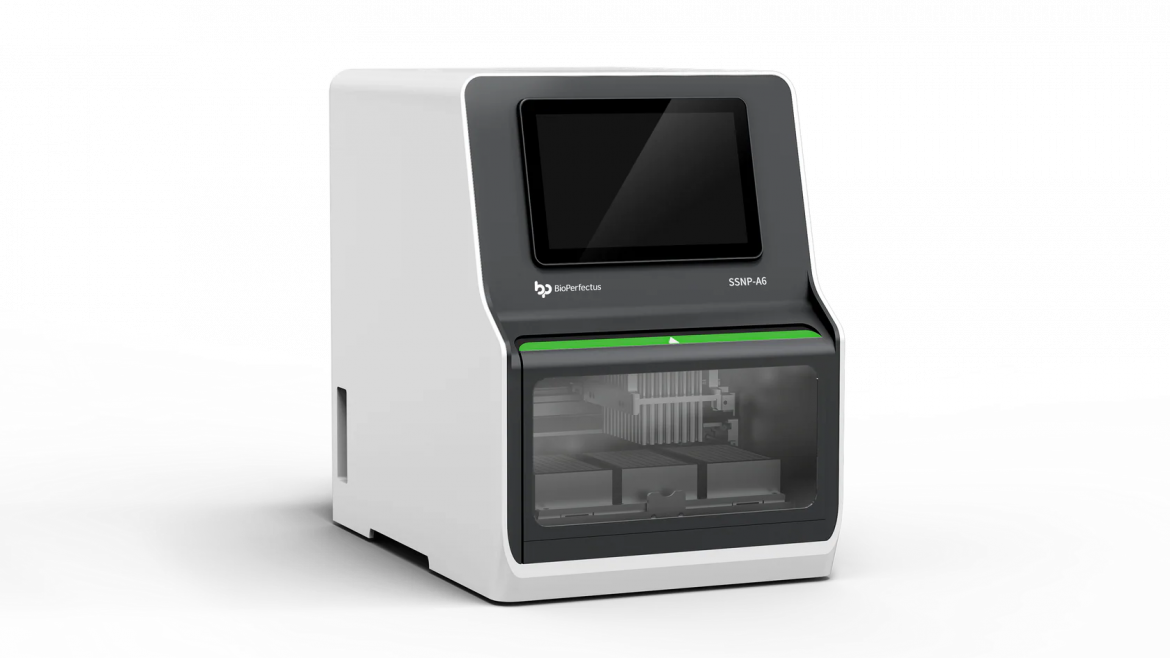The physical components of an automated nucleic acid extraction system are only part of the equation. The software that controls the instrument and its user interface play a critical role in its daily utility and long-term value. When selecting a DNA extraction machine, the digital controls are as important as its mechanical parts.
Simplifying Complex Protocols
An intuitive user interface allows technicians to operate the system with confidence and minimal training. Clear menus, visual protocol builders, and straightforward start commands reduce the potential for user error. A DNA extraction machine with cumbersome software can slow down workflows, even if its hardware is capable of high-speed processing. Ease of use directly impacts laboratory efficiency.
Adapting to Diverse Research Needs
Software flexibility is crucial for method development and customization. A platform for automated nucleic acid extraction should allow researchers to modify existing protocols or create new ones from scratch. The ability to adjust parameters like incubation times, wash volumes, and elution steps ensures the instrument can adapt to various sample types and research requirements, rather than being limited to a few fixed programs.
Ensuring Data Integrity and Traceability
Modern systems often include features for tracking each run. Software that records user login, protocol parameters, and processing timestamps provides a valuable audit trail. This data management supports reproducibility and quality control, which are foundational for rigorous scientific research.
The digital interface of an automated nucleic acid extraction system is therefore a central consideration. A well-designed software experience, like that found in BPLabLine‘s DNA extraction machine offerings, empowers researchers to fully utilize the instrument’s capabilities, ensuring that the technology serves the science effectively and adapts to evolving laboratory needs.


